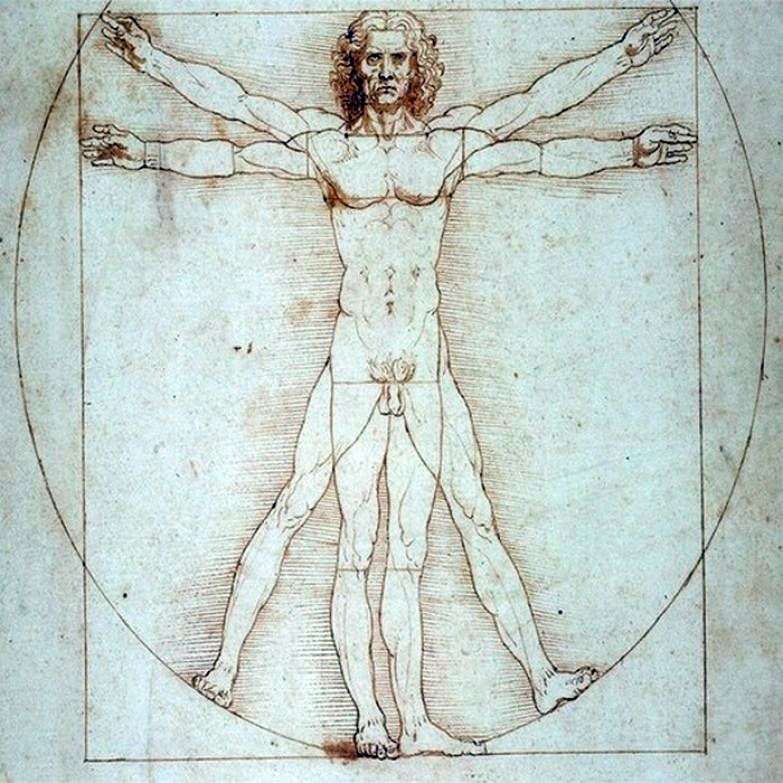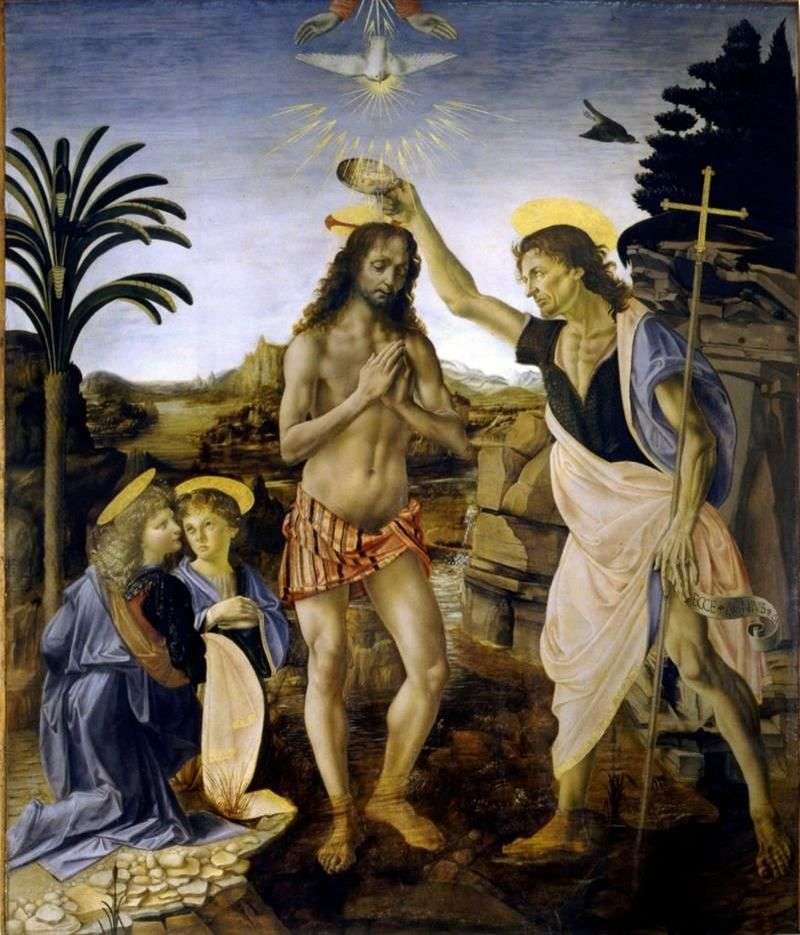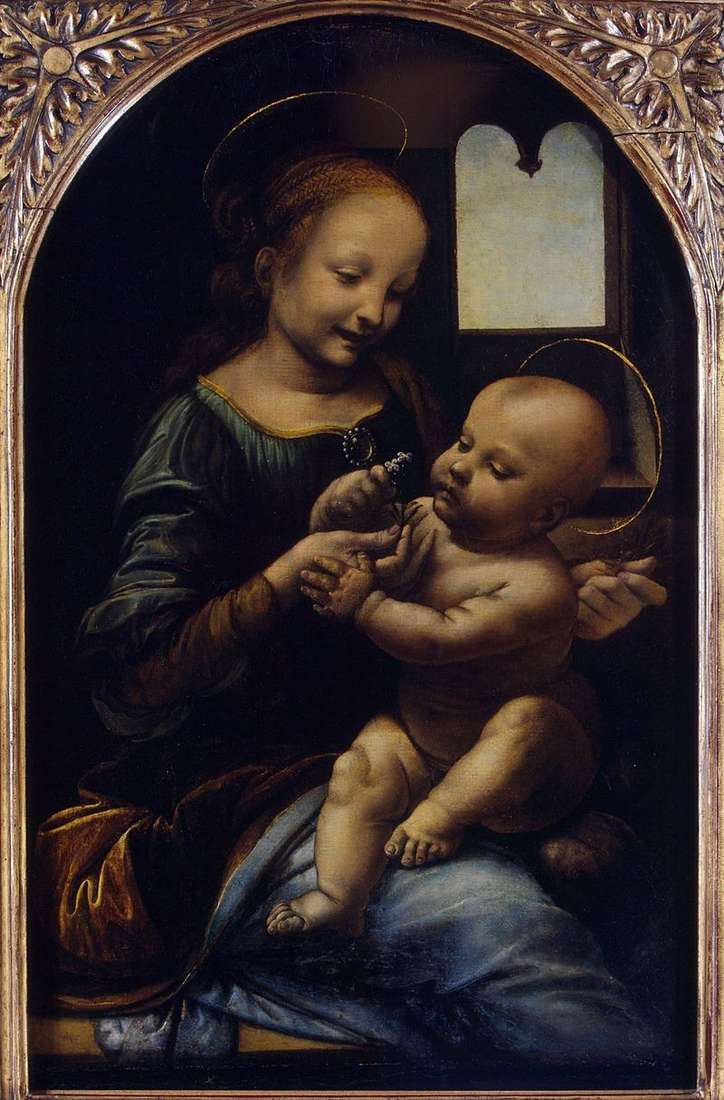
Painting by Leonardo da Vinci “The Last Supper” anticipates a new stage in the development of Italian art – the High Renaissance.
The illusory space visually continues the real space of the refectory. Leaving in the depths of the plane of the side walls and ceiling appear as an illusory continuation of the walls and ceiling of the refectory, but they do not fully coincide with them due to their somewhat forced spatial perspective.
In addition, the table with the figures sitting behind it is located slightly above the floor level of the refectory, and the figures are not shown in full size, but slightly larger. Thus, the impression of a complete optical unity of the real and illusory spaces is eliminated, their interrelation is complicated, losing its uniqueness. The sacred action does not mix more with the everyday and everyday business and appears more important, meaningful.
Even more striking is the impression of the ultimate tension of the plot collision, which leaves the fresco of Leonardo. It is achieved through a carefully thought-out composition of the picturesque story of the evangelical event. The moment is shown when Jesus just said his words: “… one of you, who eats with Me, betrays Me”, and therefore all compositional trajectories are drawn to his figure – not only the optical but also the semantic center of the work.
Lonely and detached from the rest, additionally highlighted by the image of the window behind the back of Christ, falling into the focus of convergence of perspective lines, his figure appears as a sign of unshakable calm and unshakable confidence in the correctness of the chosen path. Spatial “pauses” on either side of it are visually read as an image of the truly “grave” silence that followed immediately after his words, replaced by a discordant puzzling exclamations and in unison that “does not I?” Sounded.
Each of the figures of the apostles is a certain type of expression, using the language of facial expressions and gestures embodying perplexity, anger, fright. To bring together all this variety of mental movements, Leonardo subordinates the image to a rigid composite discipline. It can be seen that the apostles are grouped into groups, three in each, why in contrast to each other their figures receive additional expressiveness. With such a principle of the composition group, the inner rhythm of action is revealed with striking clarity, moreover, it gets the possibility of development in time.
In fact, in each of the groups a certain stage of understanding the words heard from the Master is presented. The explosion of emotions, the epicenter of which is in the center of the table, where Jesus sits, in the form of a weakening echo, darts to the ends of the table, from where, through the gestures of the apostles sitting at its ends, returns to its original point-the figure of Christ.
 Last supper by Leonardo Da Vinci
Last supper by Leonardo Da Vinci Saint Jerome by Leonardo Da Vinci
Saint Jerome by Leonardo Da Vinci Vitruvian Man by Leonardo da Vinci
Vitruvian Man by Leonardo da Vinci Airplane by Leonardo da Vinci
Airplane by Leonardo da Vinci Annunciation by Leonardo Da Vinci
Annunciation by Leonardo Da Vinci Madonna and Child, Anna and John by Leonardo da Vinci
Madonna and Child, Anna and John by Leonardo da Vinci The Baptism of Christ by Leonardo da Vinci
The Baptism of Christ by Leonardo da Vinci Madonna with a flower (Madonna Benoit) by Leonardo da Vinci
Madonna with a flower (Madonna Benoit) by Leonardo da Vinci